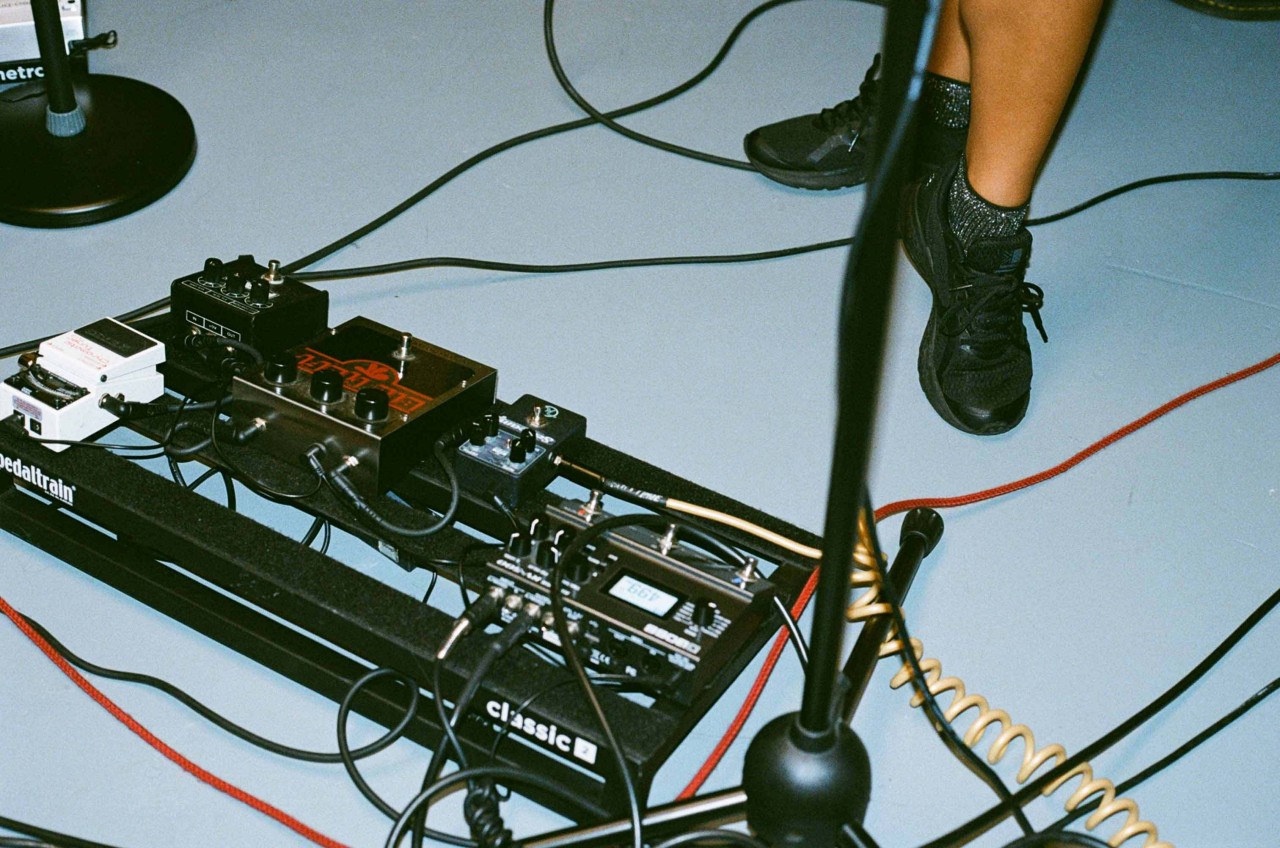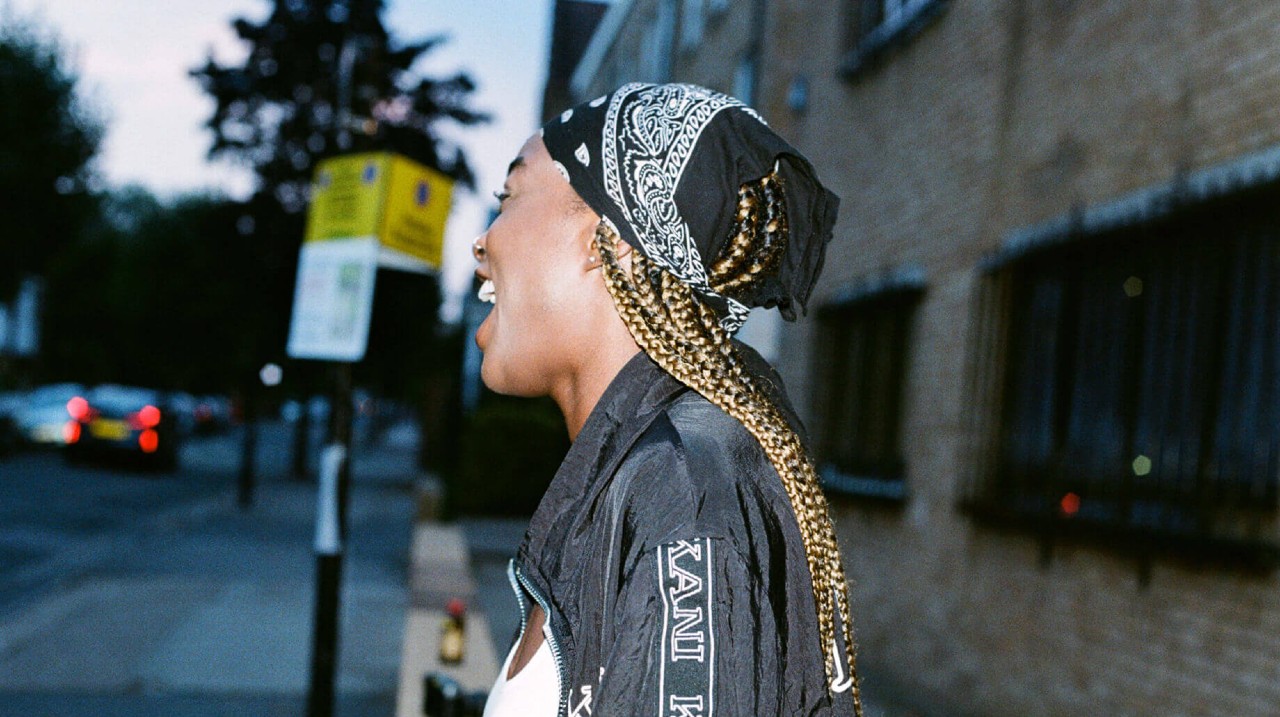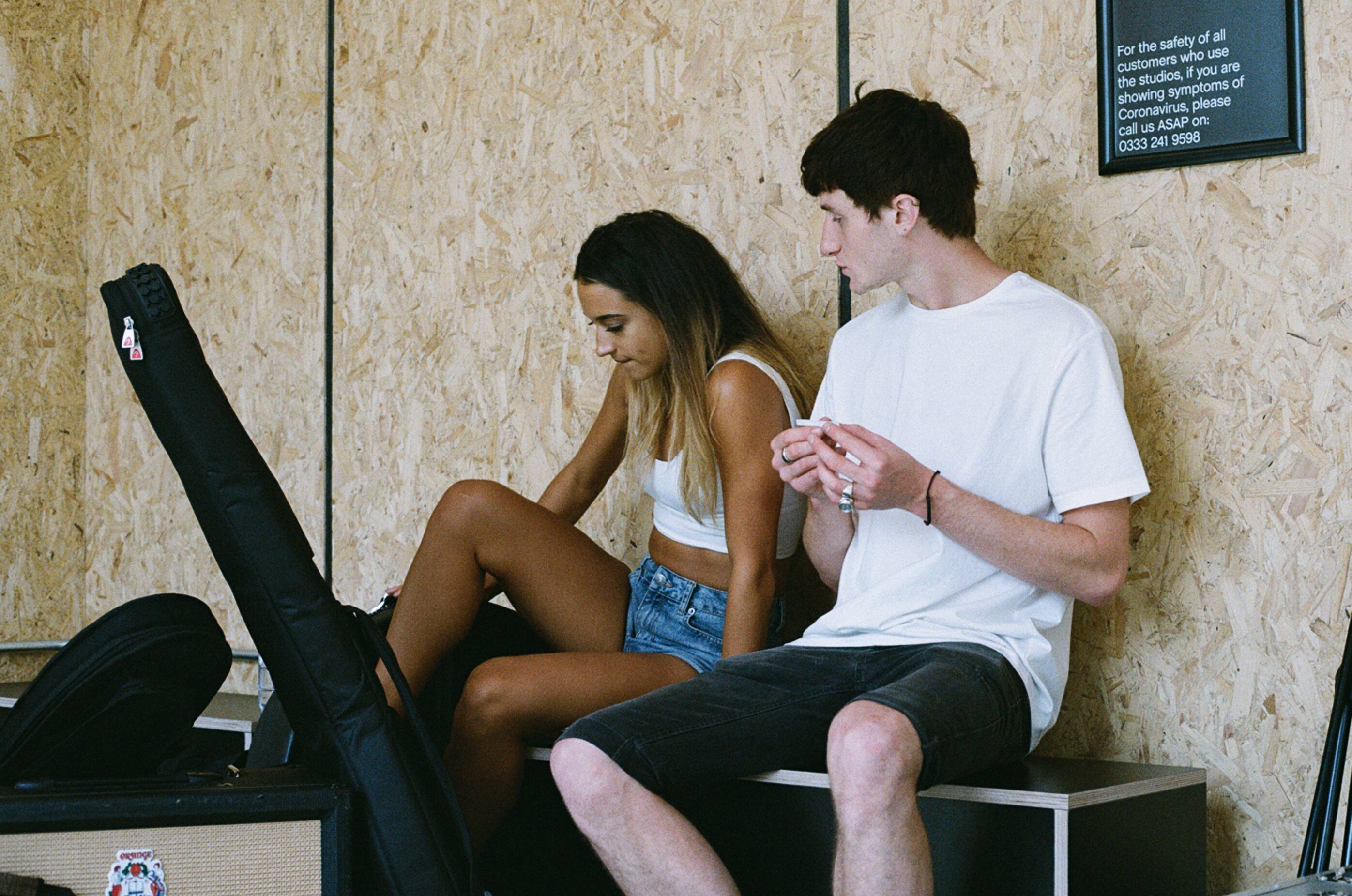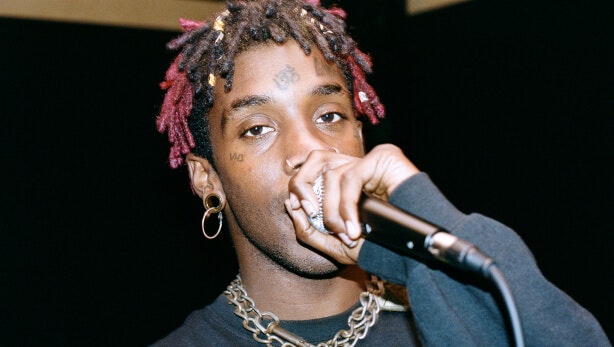
■ Features
Once you’ve got a collection of finished songs which sound like they should live on the same disk, you’re ready to release an EP. So, how should you go about structuring your release schedule?
In this article, artist and label boss Plastician explains how he structures his own EP releases, as well as those of emerging musicians in 6 steps.
To hone your skills as a band, producer, DJ or dancer, book a Pirate.com studio in the UK, US or Germany now.



With all of the above in mind, here’s what an example of what an EP release schedule could look like.

Making music can sometimes seem like an artist's only job but this couldn't be further from the truth. Putting a bit of time and effort into your release strategy will help you spread your music further, increase your plays and build your following in preparation for your next release.
Getting to the point of having a finished EP ready for release is no small achievement so maximise the hard work you've already done.
If you're looking for a space to rehearse, record or collaborate, PIRATE.COM offers affordable studio space where you can work on your next EP without breaking the bank.
